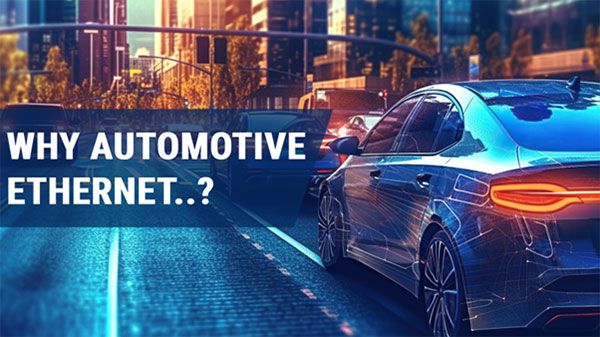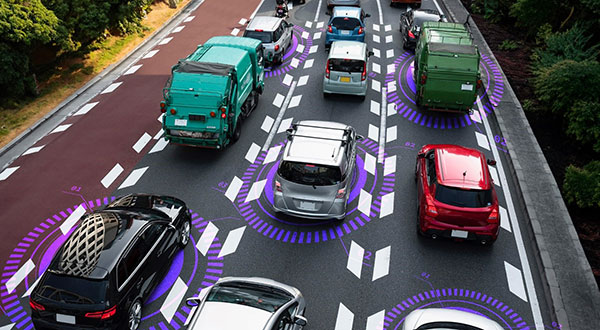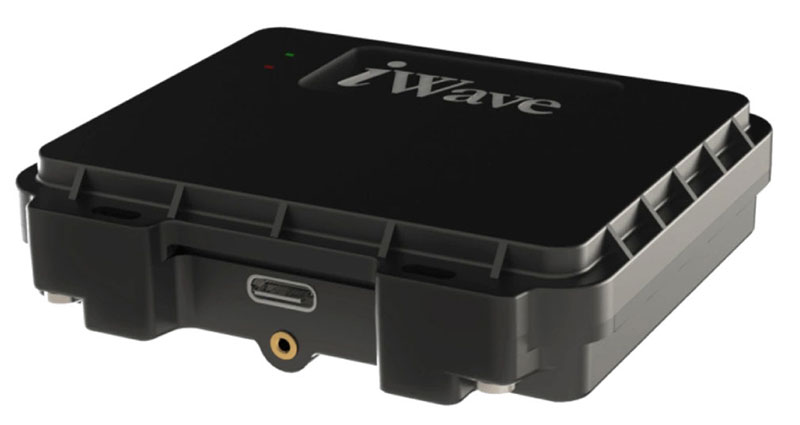Exploring the Significance of Automotive Ethernet (100BASE-T1 / 1000BASE-T1) and Its Growing Demand in Telematics Gateways
 (Image source: iWave Systems)
(Image source: iWave Systems)
The automotive ethernet standard, 100 Base-T1 (IEEE 802.3bw) and 1000 Base-T1 (IEEE 802.3bp), is designed to enhance throughput and decrease costs within vehicle networks. The growth of vehicle technologies, including ADAS, infotainment, diagnostics, and sensor networks, has resulted in a higher volume of transmitted and generated data. Traditional networks like CAN, CAN-FD, LIN, and FlexRay are incapable of delivering the necessary speeds.
The automotive ethernet protocol, 100BASE-T1, employs a single pair of unshielded twisted wires for the exchange of data in both directions. In contrast to 10BASE-T and 100BASE-TX, which allocate dedicated pairs for transmission and reception, 100BASE-T1 introduces a physical full-duplex interface that allows both functions to occur on the same pair. The incorporation of shared media not only cuts material expenses, but also enhances fuel efficiency by decreasing the overall cable weight within the vehicle.
Automotive ethernet cables are designed with shorter lengths to withstand the challenging environmental conditions within vehicles. Additionally, they utilize a distinct signal encoding method to efficiently transmit a maximum amount of data while minimizing bandwidth usage.
The 100BASE-T1 utilizes a distinctive encoding approach that includes 4-bit to 3-bit (4B3B), 3-bit to 2-ternary pair (3B2T), and three-level pulse amplitude modulation (PAM3). This encoding strategy is implemented to minimize emissions in comparison to Fast Ethernet. The 100BASE-T1 PHY manages all essential scrambling and encoding processes before transmitting data over the unshielded single twisted-pair cable.
Comparison of Ethernet and Automotive Ethernet.
The distinction between Ethernet and Automotive Ethernet primarily stems from their physical layer. While standard Ethernet relies on dual twisted pair cables, offering separate paths for transmit and receive, Automotive Ethernet employs single twisted pair cables to facilitate full-duplex communication.
Standard Ethernet in the automotive ecosystem was hindered by its dependence on two twisted-pair cables, posing a practical limitation in terms of space and installation complexity. Moreover, it failed to conform to the rigorous radiated emissions limits specified in CISPR 25 Class 5, further impeding its integration into the automotive industry where stringent electromagnetic compatibility standards are paramount for ensuring the reliable performance of electronic components in vehicles.
Automotive Ethernet within vehicle networks offers several benefits:
- Reduction in cable weight and costs compared to traditional CAN/LIN harnesses
- Increased data rates and throughputs by aggregating multiple CAN buses to a central link
- Low-latency communication with minimal delays
- Facilitates easy reconfiguration for uninterrupted connectivity
- Enables the reuse of Internet Protocol (IP) software technologies from other industries
- Scalability in vehicle networks
- Integration of advanced security features to enhance data security
 (Image source: iWave Systems)
(Image source: iWave Systems)
Explore Automotive Ethernet Integration in iWave ’s Telematics Gateway.
Telematics Gateways play a pivotal role as the central communication and data processing hub in modern zonal vehicle architecture. Combining the functionalities of a legacy gateway, which facilitates data exchange among various ECUs, and a telematics unit responsible for data logging, diagnostics, and external network communication, the Telematics Gateway is a versatile component.
This platform enables smooth data exchange among multiple electronic control units (ECUs) and servers, acting as a bridge that connects legacy CAN Networks with the Automotive Ethernet network, the Telematics Gateway incorporates wireless connectivity modules like LTE and Wi-Fi. It stands as a fundamental architectural block in the evolving landscape of ECU and vehicle network topologies.
The introduction of 100BASE-T1 as a gateway technology further propels the development of in-vehicle networking, enabling the advancement of automotive systems. Despite the substantial advantages brought by automotive ethernet, the industry remains deeply rooted in legacy networks such as CAN, making a complete transition unlikely. The future landscape is poised for a blend of traditional and new technologies, encompassing both non-ethernet and ethernet-based ECUs and Gateways.

Have questions or comments? Continue the conversation on TechForum, DigiKey's online community and technical resource.
Visit TechForum










